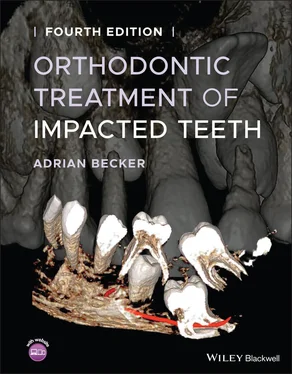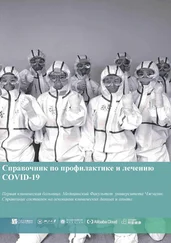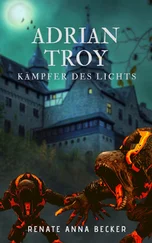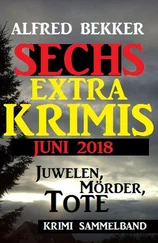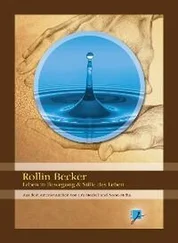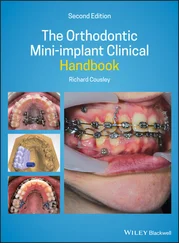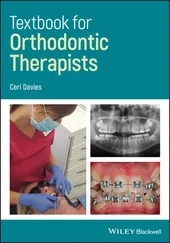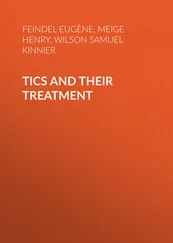It should be stressed that levelling and aligning mechanics performed recklessly and irresponsibly, involving large deflections of the NiTi wire in the vertical and/or horizontal planes of space, may generate forces that are far too high and unphysiological [25, 27–28]. When binding occurs, the applied forces become pathogenic and it must then be assumed that the danger of root resorption of the adjacent teeth increases. An additional adverse effect of binding is a resultant decrease in the extrusive force on the canine down to values close to zero, which will be reflected in a much increased treatment time.
Super‐elastic wires should only be applied when overlaid on the main archwire and tied directly to the attachment of the canine with a single‐point contact ( Figure 3.9d). A deflection of the piggyback wire of more than 3 mm should be avoided, as emphasized above, and the piggyback wire should not be attached to all the brackets along the way on the base arch. Ligation of the super‐elastic spring should only be tied closer to the ectopic canine when the tooth is near to its final place.
Creative wire bending using V bends between anchorage unit and ectopic tooth
The V bend delivers a force system that is highly dependent on its position [2, 3]. Placed exactly in the middle of the interbracket distance, it will always deliver two equal and opposite couples and no forces. This is independent of whether it is placed as a second‐ or a first‐order bend [1–3]. This situation simulates a Burstone geometry VI. The two teeth will be subject to a pure rotation with neither extrusive nor intrusive forces. It is essential that the wire first be checked outside the mouth for total passivity, before the bend is placed midway between the two bracket units [2].
The force system produced by an alpha/beta spring or by a V bend varies during the tooth movement and is defined as ‘fluctuating’ ( Figure 3.10a–c). The configuration changes between Burstone geometry VI and geometry IV, which only delivers an extrusive force to the canine. Friction and the resistance to movement of the reactive unit are factors that may influence the force system and the clinical effects. Thus, uprighting a canine by pure rotation is not easy to achieve unless distally uprighting the molar is needed as the reactive force vector. The uprighting of the canine can therefore be very slow compared to the action of a cantilever [2].

Fig. 3.10 (a–c) Changing the position of the V bend will create totally different force systems. To show the influence of the interbracket position of a V bend, the force systems (forces and moments) generated are indicated by arrows. Note how a displacement can alter the distribution and direction of forces and moments completely.
The activation of a statically indeterminate system includes two angles, with two brackets. The measurement of the angular values in the clinic is difficult to assess, and has little significance. The wire activation with respect to the two brackets, however, is important information and may be assessed by other means [2].
The angular activation corresponds to a linear activation, namely the distance between the wire end and one bracket when the wire has been inserted in the other. This can be measured by means of a caliper [2].
Root springs (alpha–beta springs)
Root springs (also called alpha–beta springs) can be made from 0.017 in. × 0.025 in. TMA wire. In most cases a truncated V design corresponding to a centred V bend is used.
If the interbracket distance between the displaced tooth and the adjacent tooth is sufficient (>10 mm), intra‐segmental mechanics may also be incorporated in a continuous arch. In order to reduce the load deflection rate, the continuous arch should be made of a rectangular Connecticut New Archwire or NiTi wire. (Note: bends have to be made with a hammerhead plier or the Sander Memory Maker.) A V bend activated in geometry VI will produce molar uprighting by pure rotation. If both units are displaced at the same time, no vertical forces will be generated on either side.
Many other configurations of the root spring/centred V bend are possible. It delivers two equal and opposite moments and no forces. When using a V bend, it is important that the wire has been initially adjusted so that it is completely passive before the V bend is placed ( Figure 3.11a, b).

Fig. 3.11 (a) The passive configuration of the alpha–beta spring has to be made and first tested in the mouth. (b) It is recommended to make the V bend activation bend outside the mouth to ensure the geometry corresponds to a geometry VI. The root spring has been activated outside the mouth and reinserted, which produced moments.
Torqueing auxiliaries/torque application
Ectopic teeth brought into the arch may require torque application. For torqueing a single tooth the use of auxiliary springs may be the preferred solution. Warren spring auxiliaries can torque the canine independently [29]. When an archwire–Warren spring combination for palatal crown torque is used with a full‐size archwire, the spring is bent to push against the incisal part of the crown, but no torque movement will occur because the edgewise wire will twist to produce lingual root torque, thereby making this appliance inappropriate [1]. This auxiliary must be placed on a round or undersized rectangular wire in order to make the mechanism a valid one [1]. Wires adjusted to torque individual teeth should be sufficiently undersized to allow the wire to rotate in the slot of the adjacent tooth with no reciprocal torque reaction on that tooth. This precaution is more easily observed with a 0.022 in. slot than with a 0.018 in. bracket slot [30].
A good alternative is the von der Heydt torqueing auxiliary on a heavy passive round arch. This auxiliary is formed from 0.014 in. or 0.016 in. hard stainless steel wire and placed under a passive base arch of 0.018 in. or 0.020 in. round stainless steel. Simply by tying the two arms of the auxiliary into the brackets, piggyback style down to the main arch, torque is introduced to rotate the long axis of the tooth around the main arch ( Figure 3.12a, b). It may incorporate two spurs for torqueing both central incisors or four spurs for all four incisors concurrently. It may be used for labial root torque by pointing the spurs above the brackets. For lingual root torque, the auxiliary is inverted, with the spurs point inferiorly to the brackets. Since it is it is supported by a round base arch, this mechanism cannot cause reactive lingual root torque on the adjacent incisors – no ‘round‐tripping’.
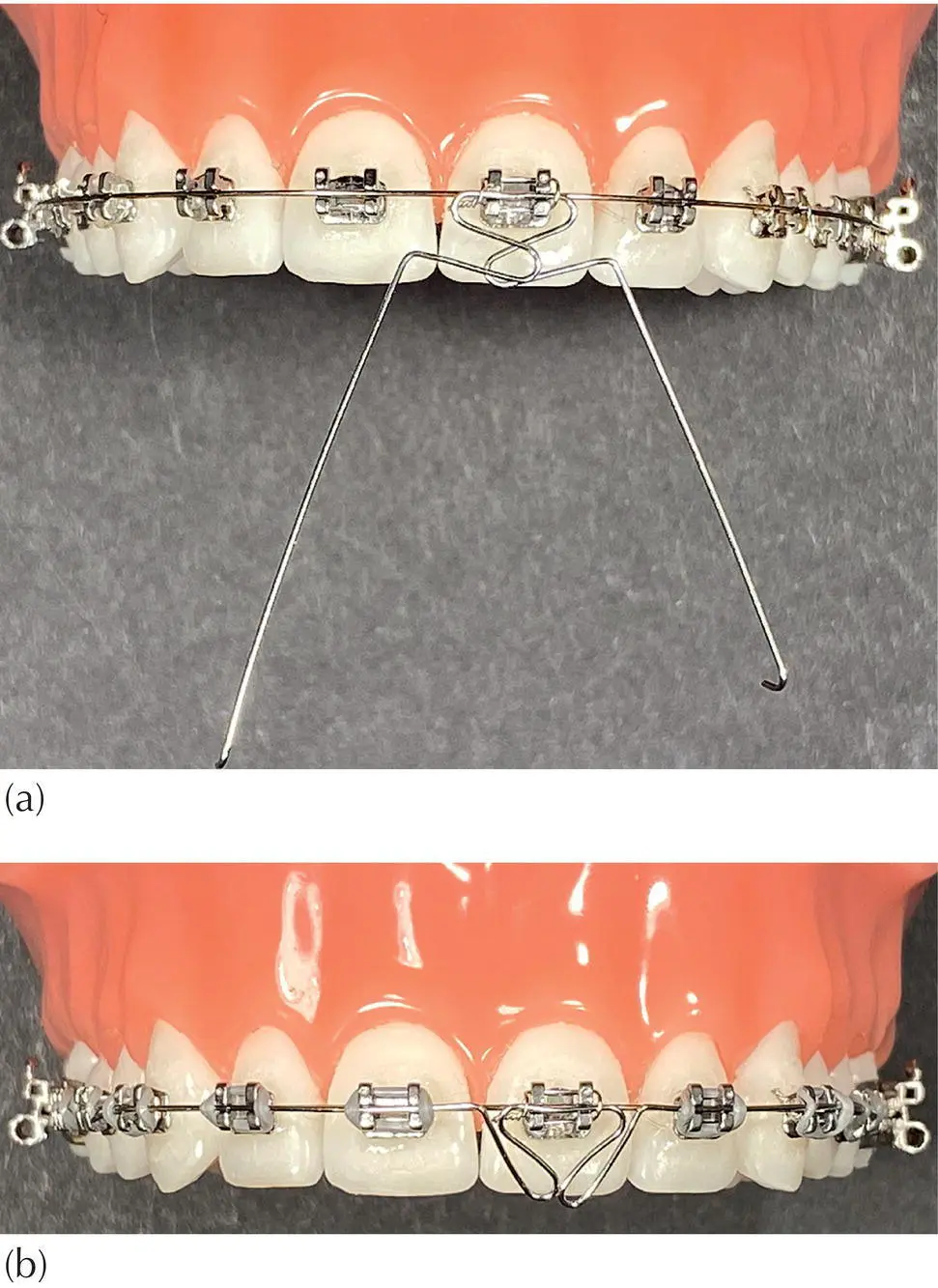
Fig. 3.12 (a, b) A 0.016 in. main arch is combined with a 0.016 in. von der Heydt torqueing auxiliary engaged in 0.018 in. × 0.025 in. brackets.
The von der Heydt auxiliary is routinely used in the Begg technique, has a very long range of action and a single activation is often adequate to complete a significant degree of torque. However, should the patient not attend for routine observation and adjustment, a few extra weeks can sometimes find the root apex bulging the oral mucosa.
Читать дальше
